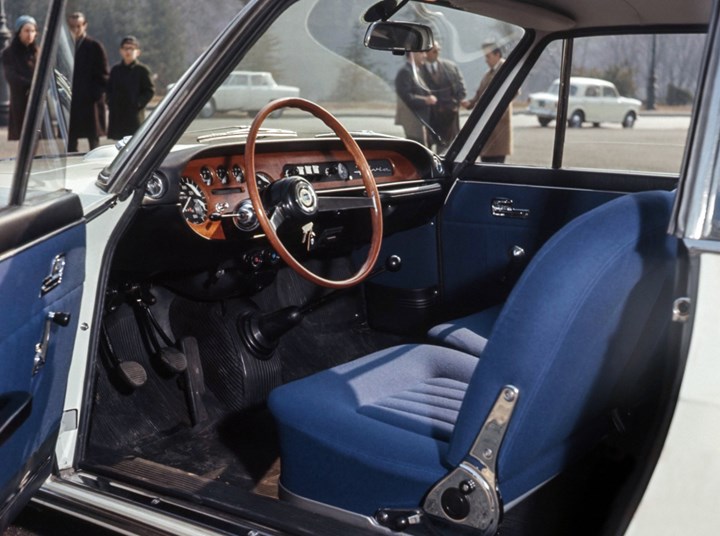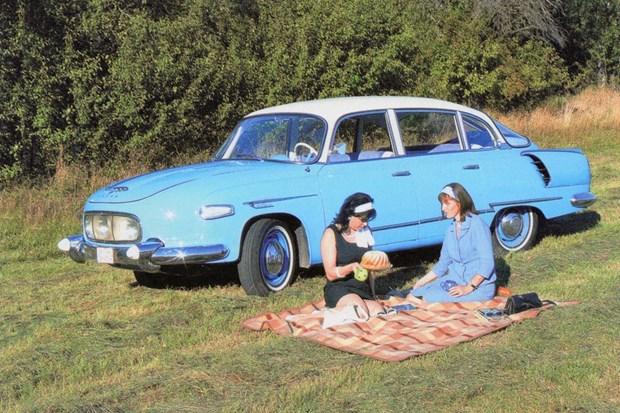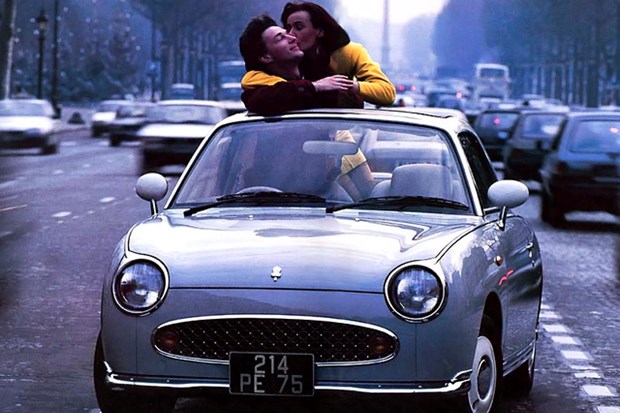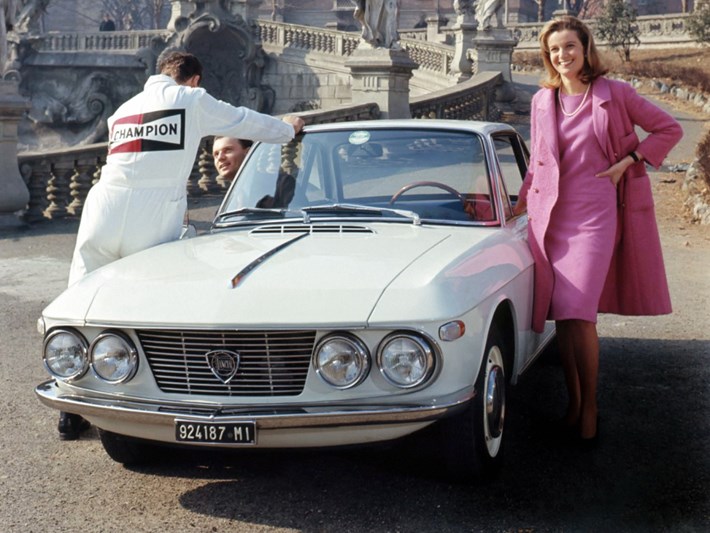
Developed from a humble sedan, the Lancia Fulvia coupe became a massive success for a decade in world rallies and on the road.
In 1963, Lancia launched the third generation of the Fulvia Saloon. The sedan had a very classical design and adopted a very unconventional technical solution: a 1,091 cc V4 engine that developed 58 bhp. This engine provided a good basis for the development of a sporty version. Two years later, the Fulvia coupé was presented, a masterpiece of elegance and balance by Piero Castagnero, Lancia's styling director.
Castagnero was inspired by the shapes of the Riva boats and designed a sporty 2+2 sedan with a bright interior, characterised by large windows and a windscreen and rear window that were much more raked than those of the sedan version. The first Fulvia Coupé was equipped with a 4-cylinder engine of 1216 cc with 80 horsepower, which was quickly upgraded to 1.3 and then 1.6 litres. The elegance and class that distinguish this model did not prevent the "Squadra Corse HF Lancia" from using it in competitions and more particularly in rallies.

Characterful
HF stands for High Fidelity. After Gianni Lancia's success in competition in the 1950s, the Lancia sports team was reborn in February 1963 under the impetus of loyal enthusiasts of the Turin-based brand, as the approach of the engineer Fessia was not favourable to competitions. Cesare Fiorio, driver and son of Sandro, Lancia's communication director at the time, led the competition team.
The young Cesare, the team's sporting director, would over the years spearhead the great successes of Lancia, Fiat and Abarth in rallying and endurance. At the end of the 1980s, he took over the F1 Ferrari team. The Fulvia Coupé gave birth to the HF versions for racing: cars reduced to the essentials, without bumpers, with aluminium doors and bonnets and a more powerful engine. The first HF had a 1216 cc engine with 88 bhp and a 4-speed gearbox (435 units produced between 1966 and 1967); it was followed by the 1.3 HF with wider wings and 101 bhp (882 units produced between 1968 and 1969 with a five-speed gearbox on the last examples). In 1969 came the 1.6 HF nicknamed "Fanalone" (or "Fanalona") because of its large headlights: it reached 115 hp (130 with the 1016 variant) and was produced in 1258 units, plus 20 reserved for racing.
The second series Fulvia coupé 1600 HF, without aluminium parts and mostly offered in the "Luxury" version, was produced in 3690 units from 1970 to 1973. When at the end of 1972 the Fulvia sedan was withdrawn from the market, the Fulvia Coupé was still a commercial success. It remained in the catalogue, but to avoid harming the Lancia Beta Coupé, the Fulvia was only available with the 1300 of 90hp. Replaced in rallying by the Lancia Stratos, it ended its career in 1976 with the launch of the 1300 version of the Beta Coupé.
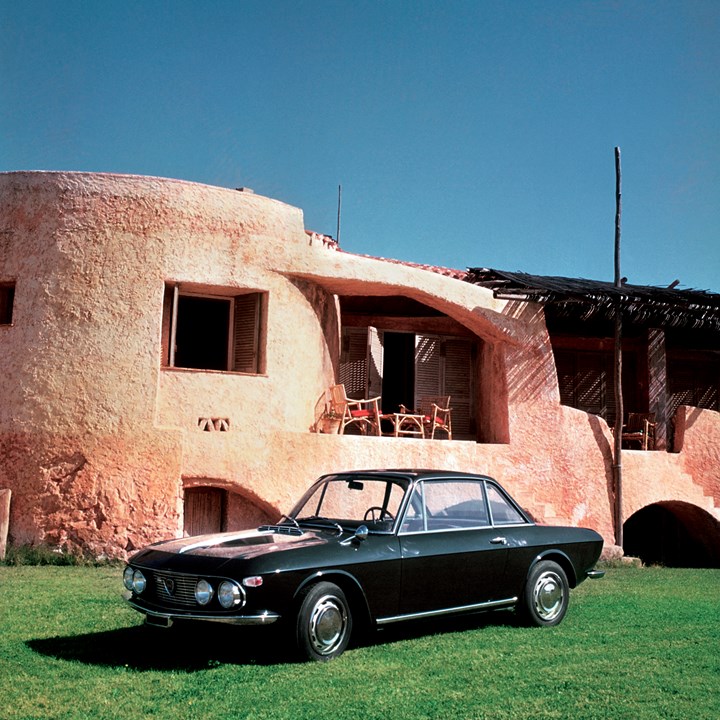
Affordable
Nice and pleasant to drive, the Lancia Fulvia is not a complicated car to live with. Although some parts are remanufactured, not everything is available as new, as is the case with British cars for example. Sensitive to corrosion like all models of its time, it can be expensive to restore if the bodywork is attacked. It is better to opt for a car in good condition, preferably imported from an Italian region where the climate is very dry. The price of the Fulvia varies greatly depending on the version chosen. For a beautiful car, count from 12.000 to 50.000 € for the rarest HF versions, and much more for a vehicle prepared for regularity rallies.
